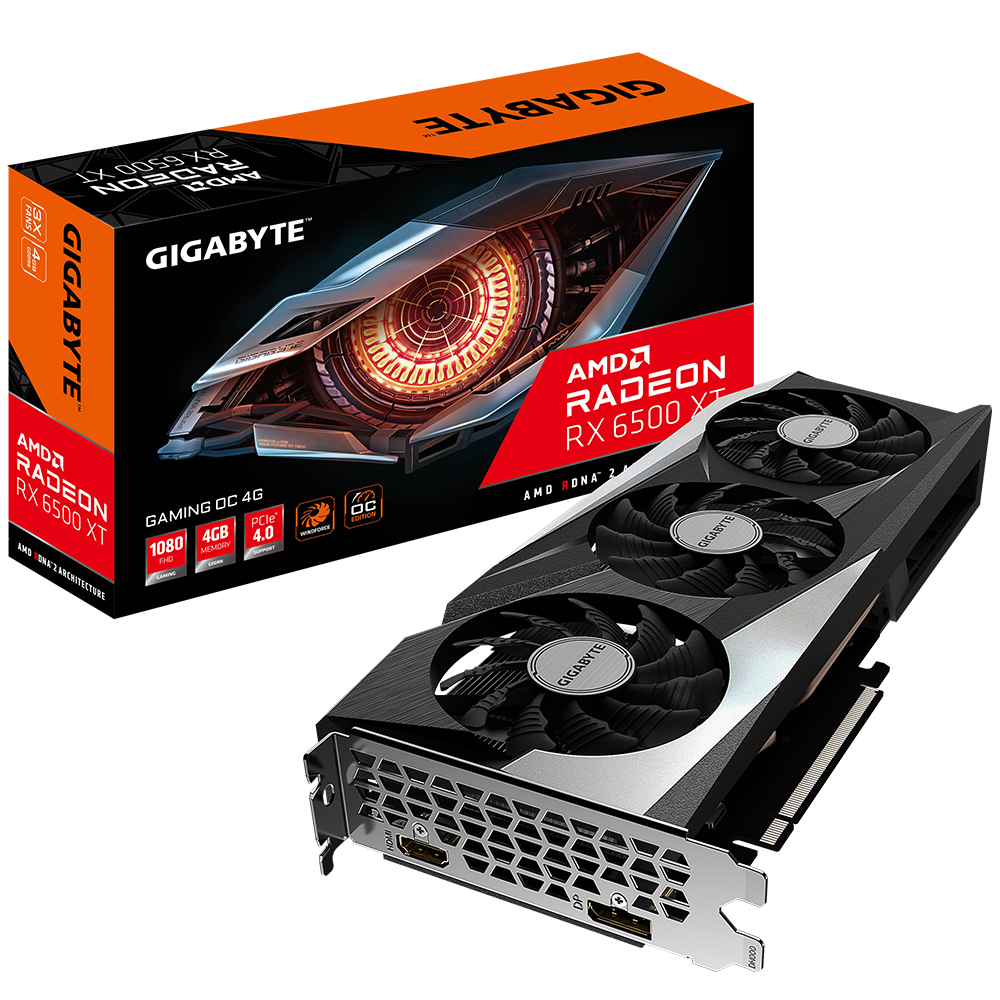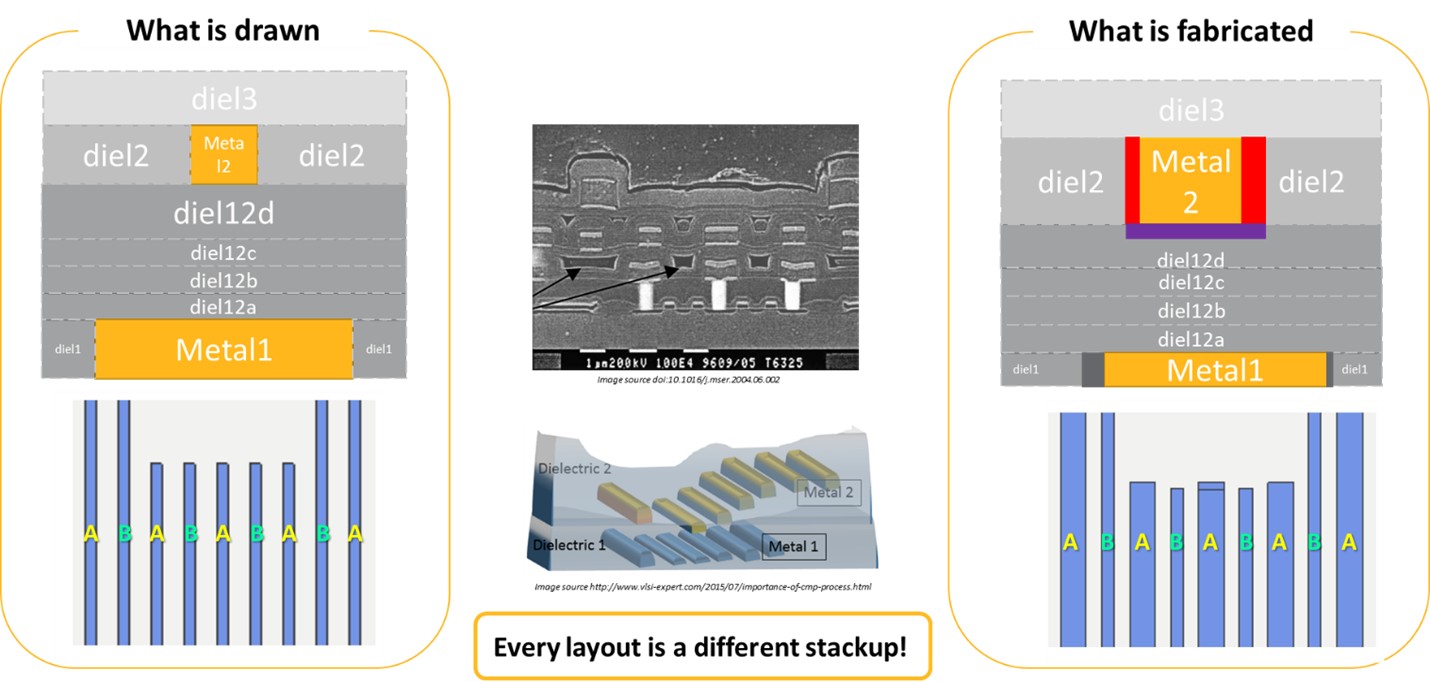That’s total bandwidth between all of the MCDs and the GCD — an individual MCD connection is 883 MB/s. That’s very good but for the application you’re suggesting, it’s not enough,. AMD would need to adopt a tile system like Intel is going to be using with Meteor Lake and that would only add to the packaging costs. One can price a high end model high enough to absorb that but at the low and mid-range, it would be harder to achieve. Not impossible, just harder (and more costly)."bandwidth here between the MCDs and GCD is 5.3TB/s"
Server/datacenter applications of multi/GPU systems either use a really expensive connection system or get used in situations where inter-GPU communications don’t need low latency, high bandwidth systems.
It’s also worth noting that AMD does use chiplets for all its products — mobile CPUs are still monolithic.


